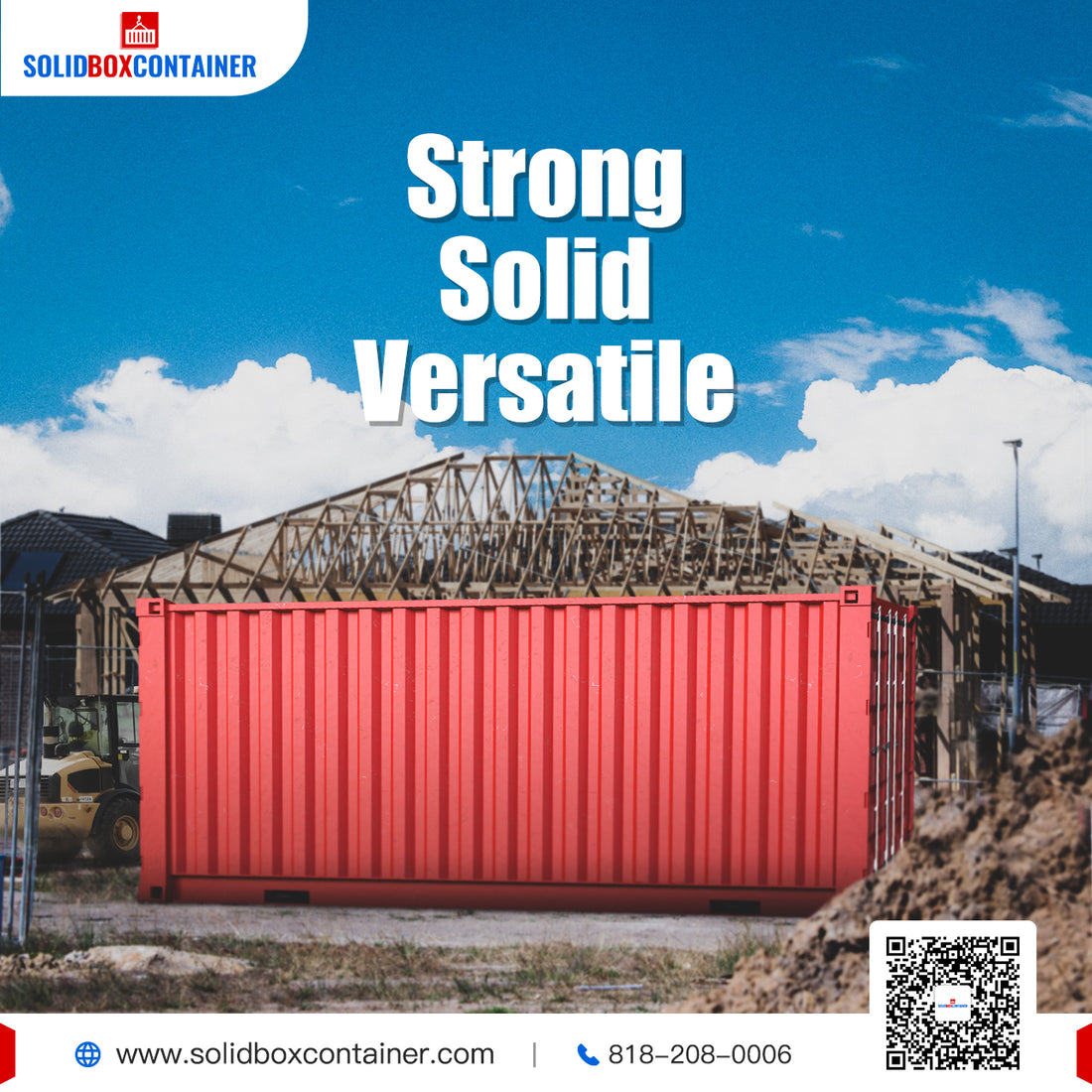Buying a second-hand shipping container can be a cost-effective and practical solution for various needs, such as storage, building projects, or even creating a container home. However, there are several key factors to consider to ensure you get a good quality container. Here are some tips for those interested in purchasing a second-hand shipping container:
Inspect for Physical Condition:
- Check for Rust and Corrosion: Inspect the container for significant rust, especially at the corners and seams. Surface rust is common but deep corrosion can compromise structural integrity.
- Inspect the Doors: Ensure the doors open and close smoothly. Check the locking mechanisms and seals for any damage.
- Examine the Roof and Floor: Look for dents on the roof, which can lead to pooling water and rust. Floors should be intact without any soft spots or excessive wear.
- Inspect the container in daylight for any holes or cracks. Look inside for any streaks of light coming through which indicate holes.
- Check for water damage or leaks, especially after rain.
Assess Modifications: If the container has modifications (like additional doors, windows, or ventilation), ensure they are well-made and meet your needs.
Certification for Shipping: If you plan to use the container for shipping goods, ensure it has a valid CSC (Convention for Safe Containers) plate, indicating it's seaworthy.
Consider the Grade of the Container:
- Cargo Worthy: Good for shipping; structurally sound.
- Wind and Water Tight (WWT): Weatherproof but not necessarily suitable for shipping.
- As Is: Likely has some damage; be cautious.
- Understand the delivery process, including costs and logistics.
- Ensure you have a suitable foundation for the container.
- Check for any local regulations or permits required for a shipping container on your property.
Negotiate Price: Prices can vary based on condition, age, and location. Don’t hesitate to negotiate, especially if you find issues during inspection.
Consider Long-term Maintenance: Think about the maintenance required, such as painting or rust-proofing, to prolong the life of the container.
Buy from a Reputable Dealer: Research sellers, read reviews, and perhaps choose local vendors to easily inspect the containers.
By paying attention to these factors, you can make a well-informed decision when purchasing a second-hand shipping container. Remember, the cheapest option is not always the best in terms of quality and longevity.
Get your QUOTE today with SolidBox!
Solid Box, Solid Savings!


